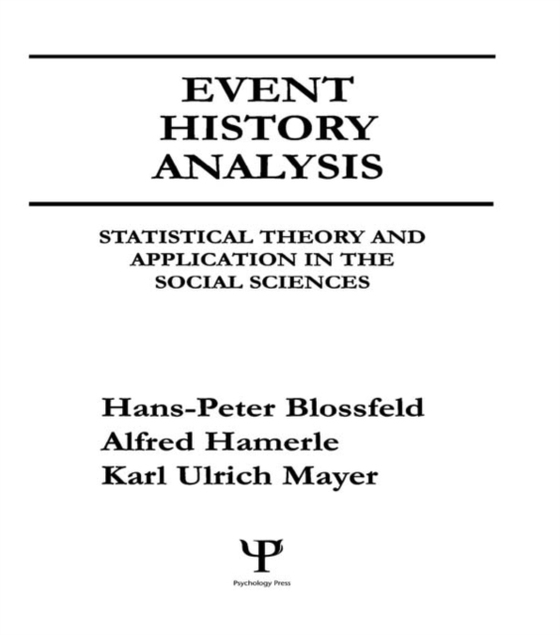
Event History Analysis e-bog
436,85 DKK
(inkl. moms 546,06 DKK)
Serving as both a student textbook and a professional reference/handbook, this volume explores the statistical methods of examining time intervals between successive state transitions or events. Examples include: survival rates of patients in medical studies, unemployment periods in economic studies, or the period of time it takes a criminal to break the law after his release in a criminologica...
E-bog
436,85 DKK
Forlag
Psychology Press
Udgivet
24 februar 2014
Længde
298 sider
Genrer
Social research and statistics
Sprog
English
Format
pdf
Beskyttelse
LCP
ISBN
9781317785729
Serving as both a student textbook and a professional reference/handbook, this volume explores the statistical methods of examining time intervals between successive state transitions or events. Examples include: survival rates of patients in medical studies, unemployment periods in economic studies, or the period of time it takes a criminal to break the law after his release in a criminological study. The authors illustrate the entire research path required in the application of event-history analysis, from the initial problems of recording event-oriented data to the specific questions of data organization, to the concrete application of available program packages and the interpretation of the obtained results. Event History Analysis: * makes didactically accessible the inclusion of covariates in semi-parametric and parametric regression models based upon concrete examples * presents the unabbreviated close relationship underlying statistical theory * details parameter-free methods of analysis of event-history data and the possibilities of their graphical presentation * discusses specific problems of multi-state and multi-episode models * introduces time-varying covariates and the question of unobserved population heterogeneity * demonstrates, through examples, how to implement hypotheses tests and how to choose the right model.
 Dansk
Dansk

